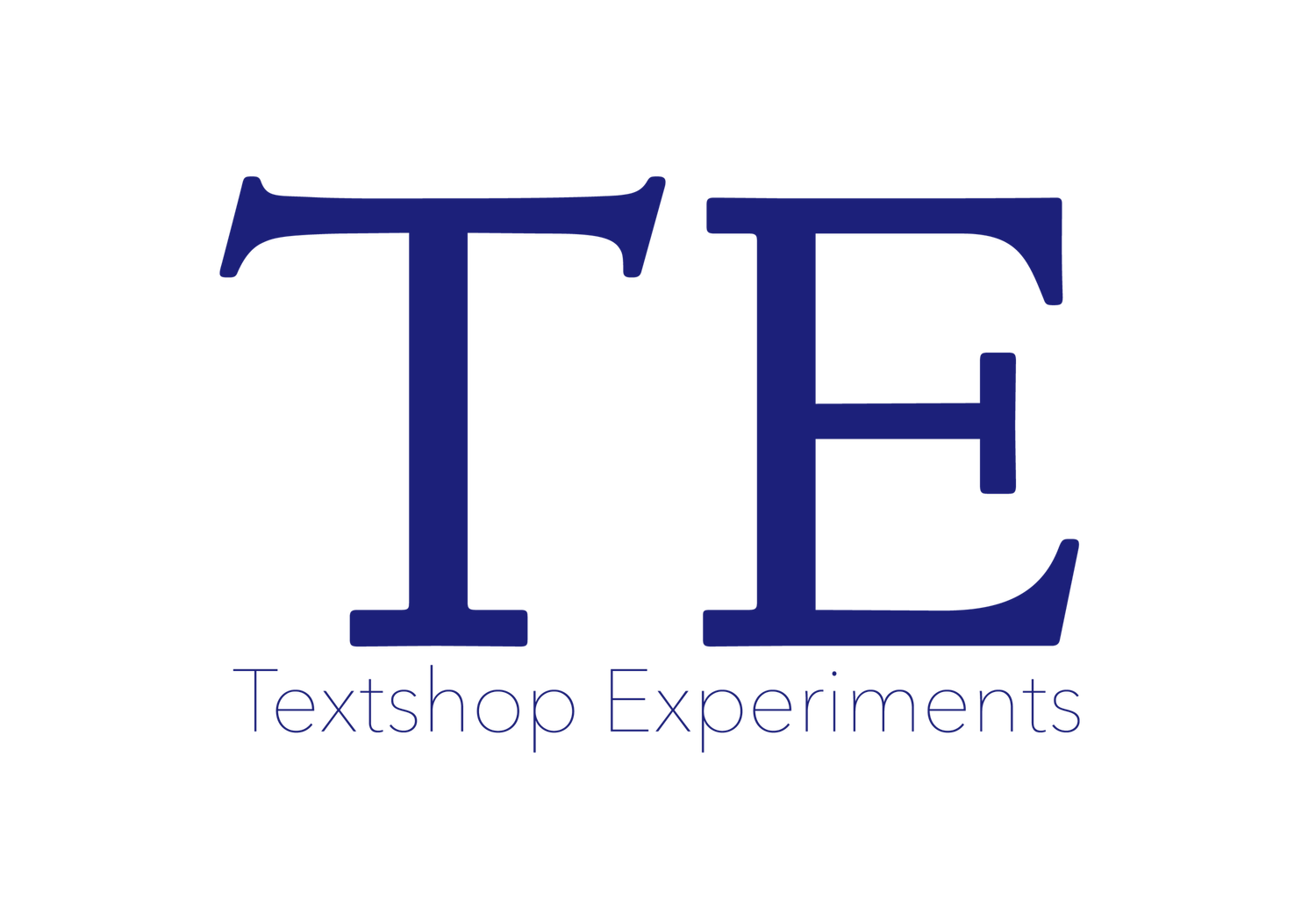Fugitive Work Space
David Prescott-Steed
David Prescott-Steed is a sound artist, writer, and Academic Fellow at LCI Melbourne in Australia. David's sound works have contributed to a range of international events, including the (h)ear XL II: Multimedia Sound Art Exhibition (2014, The Netherlands), the PNEM Sound Art Festival (2015, The Netherlands), Kinokophonography (2012-15, London, UK), The Politics of Ambience (2016, Oxford Brookes University, UK), and the National Gallery of Victoria’s Melbourne Now exhibition. He is the author of Tracing Invisible Lines: An Experiment in Mystoriography (Parlor Press, 2019) and The Psychogeography of Urban Architecture (Brown Walker, 2013). Other recent publications can be found in The Journal for Artistic Research, Atrium: A Journal of Academic Voices, Helvete: A Journal of Black Metal Theory, and Textshop Experiments.
* * *
In a pictorial testimony, a photograph accompanied by a corroborating witness statement can be accepted as evidence of a material reality and/or lived experience. In this instance, I am photographer and witness; this might be deemed problematic, if not for my willingness to attest to the diversionary nature of what is on show, to the artifice, to the double entendre of the image’s status as reproduction that extends to its subject and its substance.
To explain, under the conditions of normalised creative behaviour, one of the rooms in the house where I live functions as a sound production studio. The room is approximately 4.5 metres square featuring 13-foot ceilings, a single unreachable window with a near-triple cinemascopic aspect ratio on one wall, and a boxed-in fireplace on the other. Given the architectural styling of the building, for the past 7 years I have imagined that this painted white box, like two others in the house, hides a pristine cast iron fireplace inset with decorative Art Nouveau tiles. I suspect the boxes were installed to protect the tiles' glazed floral patterns from incidental damage caused by tenants, perhaps in quiet anticipation of some future time when the last of the residents have left, and history can emerge from hibernation—an exhumation.
Only with a certain dramatic irony can this space be referred to as spare. In reality, the room has been assigned more than one long-term function, out of necessity. Today, almost a quarter of the room is taken up by a queen-sized bed, though this is slept in for no more than 3 weeks per annum. The rest of the time, its neatly tucked covers are obscured beneath the various items strewn across it. These include notes written on scraps of paper, carry bags, a redundant computer keyboard, an A4 square of bubble-wrap, and a few coloured audio cables, which pertain to the predominant function of the room I am describing but not showing.
During the recent school holidays, my wife and daughter spent a week visiting family while I stayed at home with our whippet. As their taxi departed, I also set off to fulfill my normal institutional duties. Yet, it was upon my arrival back home that Friday evening that I really went to work, disconnecting audio gear and moving it from the cold spare room to a large fold-able table that I had carried from the shed into the lounge room. Having covered the table in a dark cotton sheet, having angled my speakers just so, having placed the laptop in front of a secondary screen, and having wheeled my chair into the critical listening position, I sat down and began the first of many hours making playful approximations to music, beneath a Victorian ceiling rose, in front of the heater, with a sleeping dog by my side.
This is the work space shown in the picture—an anomaly in the creative practice continuum that, for just a few days, expanded, then folded back in again.






